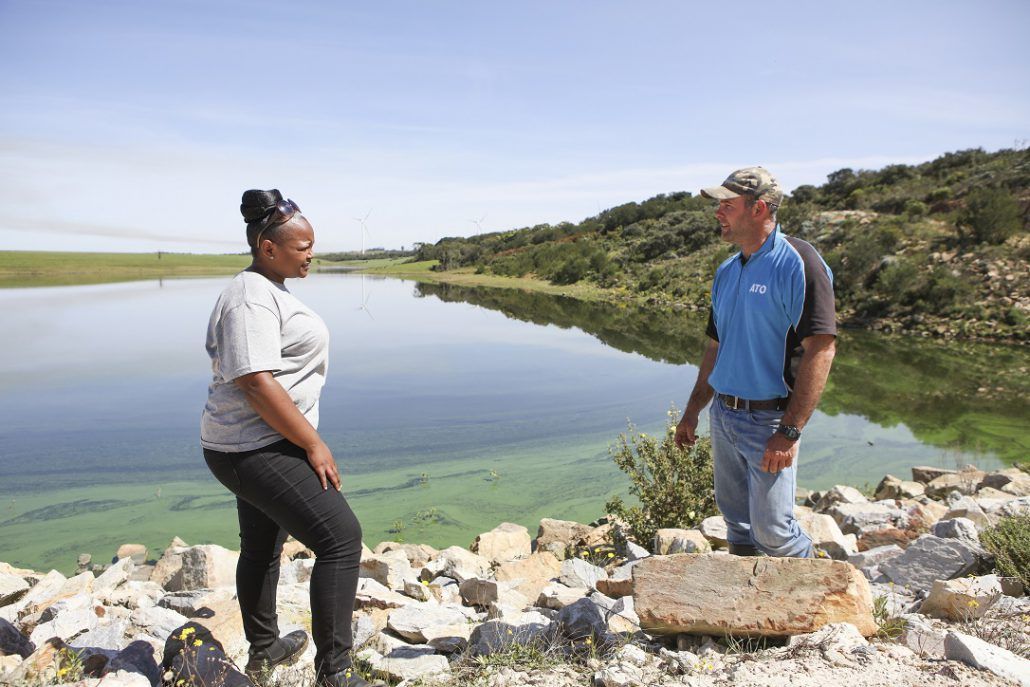I don’t think there is farmer in South Africa that still needs to hear the water scarcity talk. It’s safe to say that we have reached the point of “any water is good water“. In the rare occasion that we receive some rain, we need to ask ourselves if we are making the best use of it. Sure, our thirsty soils, when in good condition, will make the most of this water (read blog: Soil water holding capacity: the plants saving grace in droughts?) but what about the rainwater that isn’t falling on the pastures; how are you making the best use of it?
Rainwater harvesting is the collection and storage of rainwater from the roofs of buildings. This water can later be used for various purposes, consequently decreasing the water demand from surface (e.g. rivers) and groundwater (i.e. borehole) sources.
Rainwater that isn’t harvested and diverted into storage tanks can emulate flood-like conditions and create problems. For instance, storm water from rooftops not diverted to storage tanks can increase the amount of water and sediment entering effluent dams and lead to them overflowing. Effluent dams overflowing poses the risk of not only losing nutrients (read blog: Effluent, is it really waste?) but also that of fresh water resources being contaminated.
Rain is always welcome on our lands. It is our responsibility as good water stewards to use it as the valuable resource which it is. With all the benefits of rainwater harvesting, by not implementing it, you are not effectively managing your rainwater and unknowingly treating it like a waste product.
- Meet Adele Bain: The trendsetting, animal-loving dairy farmer - 2017-12-05
- Breaking the wind for increased pasture wellbeing - 2017-11-30
- Mutualism:What benefits the land, benefits us - 2017-10-30

